Welcome to the ultimate handbook for mastering Shopify Technical SEO! In today’s digital landscape, where more than 60% of online journeys commence with the search engine query, optimizing your Shopify store for search engines isn’t just advisable—it’s imperative. With over 1.7 million businesses relying on Shopify, distinguishing yourself in search engine rankings has become increasingly difficult and essential.
This comprehensive guide equips you with invaluable insights and proven strategies to elevate your Shopify store’s technical SEO prowess. By implementing these techniques, you’ll elevate your store’s visibility, attract a broader audience, and attain unprecedented success in the online realm.
What is Technical SEO?
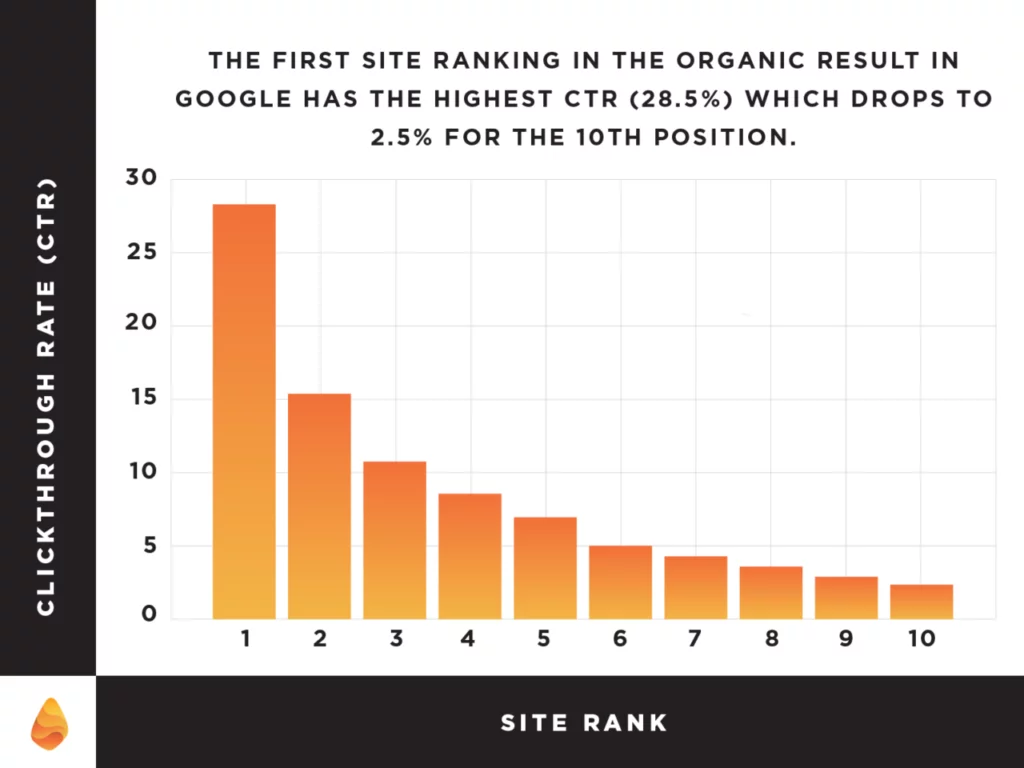
Technical SEO involves optimizing a website’s technical elements to enhance its search engine ranking. Unlike other SEO practices that focus on content and promotion, technical SEO concentrates on improving a site’s infrastructure. Here’s an overview of key aspects falling under technical SEO:
- Site Architecture: This pertains to how a site’s pages, content, and links are structured and interconnected to facilitate effective crawling and indexing by search bots.
- Code Quality & Performance: The quality of HTML code structure, loading times, page sizes, and overall onsite performance impact how search engines assess and rank pages.
- Mobile Optimization: Ensuring that pages are mobile-friendly with responsive design, clear navigation, tap targets, and quick load times.
- Security Measures: Implementing complete HTTPS protection, SSL certificates, data encryption, and permission protocols to establish the trustworthiness of the site.
- Indexation Tools: Utilizing robots.txt files, XML sitemaps, structured data, image alt tags, and canonical tags to optimize crawling.
- Core Web Vitals: Evaluating metrics such as Largest Contentful Paint, First Input Delay, and Cumulative Layout Shift to enhance site experience, which search engines prioritize.
Why Apply Technical SEO to a Shopify Store?
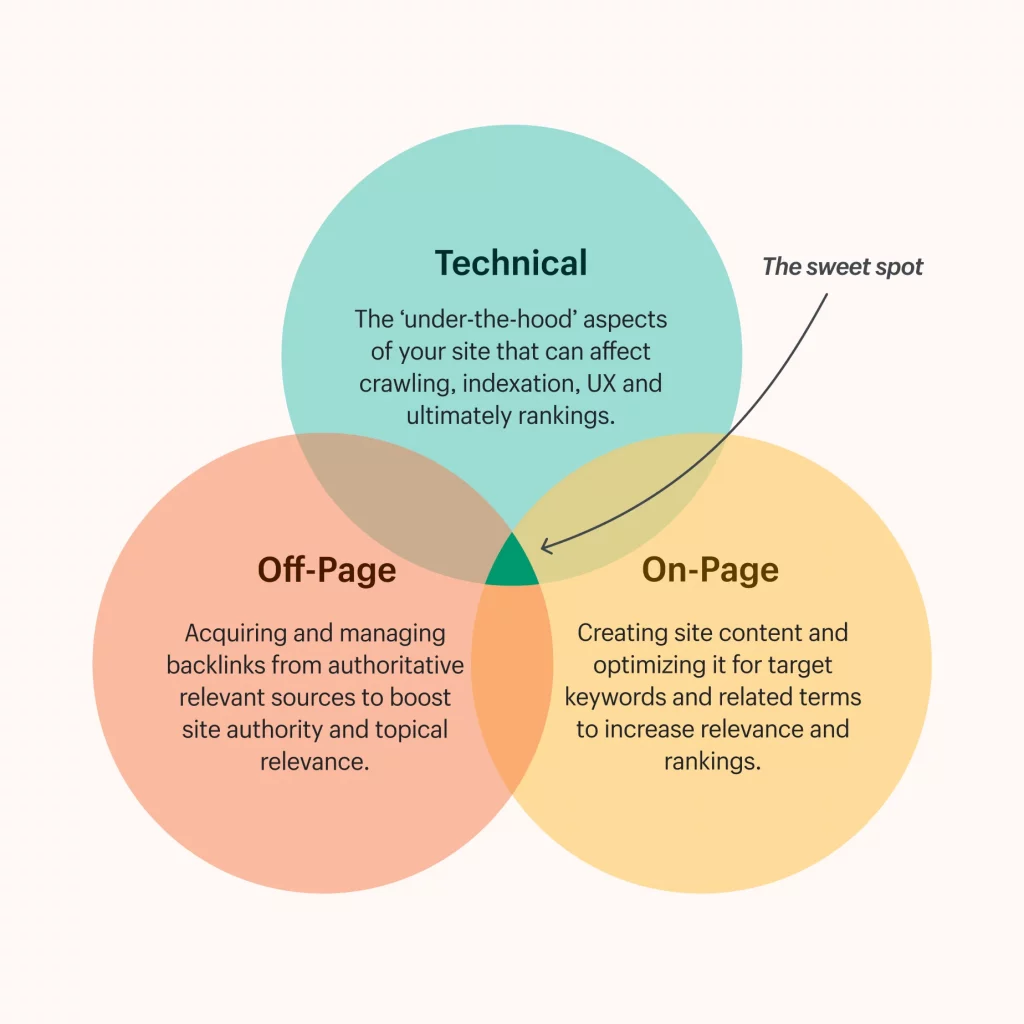
Applying technical SEO to a Shopify store involves fine-tuning various elements of the e-commerce platform to bolster its visibility and ranking on search engines. Let’s delve into how technical SEO strategies are specifically applied within the Shopify framework:
- Site Structure Optimization: It’s imperative for Shopify stores to boast a well-defined and intuitive structure. This entails categorizing products into logical hierarchies, ensuring seamless navigation, and crafting a sitemap that search engine crawlers can effortlessly traverse.
- Mobile Responsiveness: While Shopify themes typically come equipped with mobile responsiveness, store owners should still verify that their site delivers a stellar user experience on mobile devices. Search engines prioritize mobile-friendly sites, making this optimization crucial for ranking success.
- Page Speed Improvement: Enhancing page loading speed is vital for Shopify stores. Techniques such as image compression, utilizing fast-loading themes, minimizing the use of resource-heavy apps, and leveraging Shopify’s built-in tools like automatic image compression and Content Delivery Networks (CDNs) can significantly boost speed.
- SSL and Secure Checkout: Shopify offers SSL certificates for all stores, securing the checkout process and enhancing SEO, as search engines favor secure websites.
- URL Structure and Navigation: While Shopify imposes certain constraints on URL customization, store owners can optimize URLs by incorporating descriptive and keyword-rich paths. Maintaining consistency in URL structures across the site is also essential.
- Crawlability and Indexing: Managing robots.txt files and submitting sitemaps through Shopify’s admin panel aids search engines in indexing the site efficiently. Addressing common e-commerce platform issues like duplicate content is also crucial.
- Structured Data and Schema Markup: Employing structured data, such as product schema, enables search engines to better comprehend and present product information in search results. While basic schemas are often included in Shopify themes, additional customization may be necessary for comprehensive data representation.
- Error Management: Vigilantly monitoring for 404 errors and implementing appropriate 301 redirects ensures a seamless user experience and preserves link equity.
- Image Optimization: Optimal image optimization involves compressing images and incorporating descriptive alt tags. This not only improves page load times but also enhances accessibility, contributing positively to SEO efforts.
- Content Optimization: Beyond technical facets, prioritizing high-quality, keyword-optimized, and unique content across product pages, blog posts, and other site sections is paramount for SEO success.
- SEO Apps and Plugins: Shopify’s App Store offers a plethora of SEO apps and plugins designed to streamline various aspects of technical SEO, ranging from site audits to on-page optimization.
Best Practices to Optimize Technical SEO for Shopify:
1. Streamline site navigation:

Streamlining site structure and navigation involves arranging the content of your Shopify store in a coherent and user-friendly manner. This not only elevates the user experience but also facilitates smoother crawling and indexing by search engines, a critical aspect of SEO.
How to Achieve It:
- Logical Hierarchy: Categorize your products into clear and distinct categories and subcategories. This hierarchical arrangement should intuitively guide customers to their desired items.
- Simplified Navigation: Ensure that your site’s navigation menu is straightforward and uncluttered. Avoid overwhelming visitors with an excess of options. A clean dropdown menu layout often proves effective.
- Breadcrumb Navigation: Implement breadcrumb navigation on product pages. This aids users in traversing your site and provides search engines with additional structural cues.
- Clear URL Structure: Reflect your site’s hierarchy in its URLs. They should be easily readable and contain relevant keywords where applicable.
- Internal Linking: Utilize internal linking to direct visitors to related products or content. This not only enhances user engagement but also distributes link equity throughout your site.
- Sitemap: Generate an XML sitemap to search engines. This facilitates the discovery of all your pages, especially those not readily accessible via links.
2. Improving Page Speed
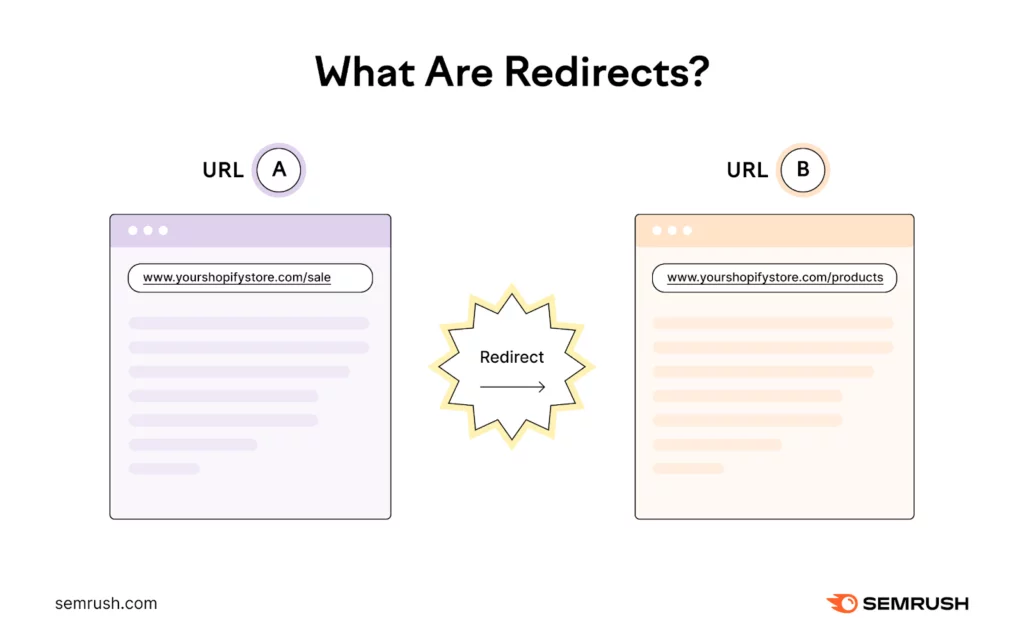
Enhancing page speed entails optimizing the loading time of your Shopify store’s pages. Swift-loading pages not only enhance user experience but also earn favor with search engines like Google, directly influencing your site’s SEO.
How to Achieve It:
- Optimize Images: Condense images without compromising quality to decrease their file size. Employ formats like JPEG for photographs and PNG for graphics with limited colors.
- Minimize Use of Large Files: Steer clear of or minimize the usage of hefty videos and high-resolution images, which can considerably impede page load times.
- Choose a Fast and Responsive Theme: Opt for a Shopify theme renowned for its speed and adaptability to ensure swift loading times.
- Limit the Number of Apps and Plugins: Each installed app or plugin introduces additional load time, so employ only those indispensable to your store’s functionality.
- Reduce Redirects: An excess of redirects can prompt additional HTTP requests, slowing down page speed. Eliminate unnecessary redirects to streamline performance.
- Leverage Browser Caching: Store certain data from your site on visitors’ browsers, diminishing load times for recurrent visitors.
- Utilize a Content Delivery Network (CDN): CDNs retain copies of your site on various servers worldwide, enabling users to access your site from a server in close proximity to them.
- Optimize CSS and JavaScript: Minimize CSS and JavaScript files by eliminating unnecessary spaces and characters to reduce their file size. Additionally, asynchronous loading for JavaScript should be employed to expedite page rendering.
Learn how to transform shopify website here.
3. Implementing Mobile-Friendly Design

Incorporating a mobile-friendly design involves ensuring that your Shopify store is readily accessible and navigable on mobile devices. This is paramount considering the significant portion of internet traffic originating from smartphones and tablets. A mobile-responsive site delivers an optimal user experience on smaller screens, which is essential for retaining visitors and enhancing SEO.
How to Achieve It:
- Responsive Theme Selection: Opt for a Shopify theme that’s responsive, adapting its layout seamlessly to accommodate varying screen sizes of different devices.
- Test on Multiple Devices: Regularly assess your site’s performance across a range of mobile devices to verify its appearance and functionality. This encompasses testing on diverse operating systems, screen dimensions, and browsers.
- Optimize Images and Videos: Ensure all multimedia elements are optimized for mobile consumption, loading swiftly and fitting screen sizes without necessitating zooming.
- Simplify Menus and Navigation: Given the limited space on mobile screens, streamline menus and navigation to enhance usability on smaller devices. Dropdown menus offer an effective solution.
- Optimize for Touch: Guarantee all buttons and clickable elements are touch-friendly and sufficiently sized for effortless tapping with a finger.
- Minimize Text Input: Reduce text input requirements, acknowledging the challenges of typing on mobile devices. Employ dropdowns, checkboxes, and toggle switches where feasible.
- Avoid Pop-ups and Flash: Eschew pop-ups, which can disrupt the mobile experience, and steer clear of Flash, which is often unsupported on mobile platforms.
- Use Large, Readable Fonts: Ensure text remains easily legible on small screens, eliminating the need for zooming.
4. Secure Your Site with HTTPS
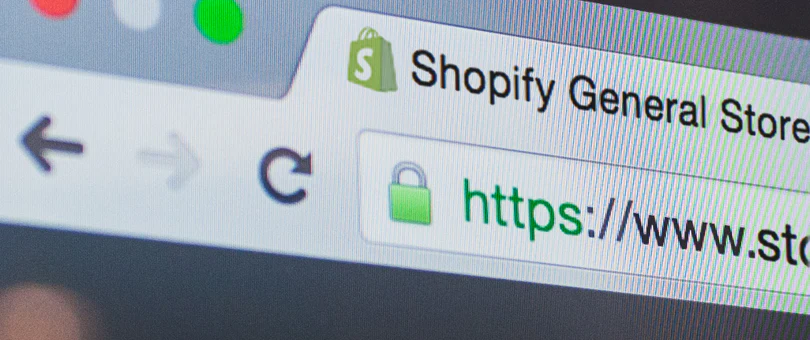
Ensuring the security of your site with HTTPS (Hypertext Transfer Protocol Secure) involves encrypting all data transmitted between your Shopify store and your users. This is crucial for safeguarding sensitive information, particularly in e-commerce transactions, and it’s also a significant ranking factor for search engines like Google.
How to Implement It:
- SSL Certificate Installation: Activate the SSL certificate provided by Shopify for all its stores. This certificate encrypts data and transforms your URL from https:// to https://.
- Force HTTPS: Configure your Shopify settings to ensure that all versions of your pages are exclusively accessible via HTTPS, not HTTP. Enable the setting to direct all traffic to HTTPS.
- Update Internal Links: Following the transition to HTTPS, revise all internal links across your site to ensure they utilize HTTPS URLs. This includes links within your navigation, footer, product pages, and other areas of your site.
- Check and Update External Links: Verify that any external links you employ (e.g., those leading to vendor sites or social media profiles) also utilize HTTPS, if available.
- Address Mixed Content Issues: Rectify mixed content instances, which arise when an HTTPS site incorporates elements loaded over HTTP. These elements encompass images, videos, scripts, and CSS files. Ensure all such components are loaded over HTTPS to prevent security alerts in browsers.
- Update Canonical Tags: If you’ve previously utilized canonical tags directing to HTTP URLs, modify them to point to the HTTPS versions of your pages.
5. Optimize URL Structure
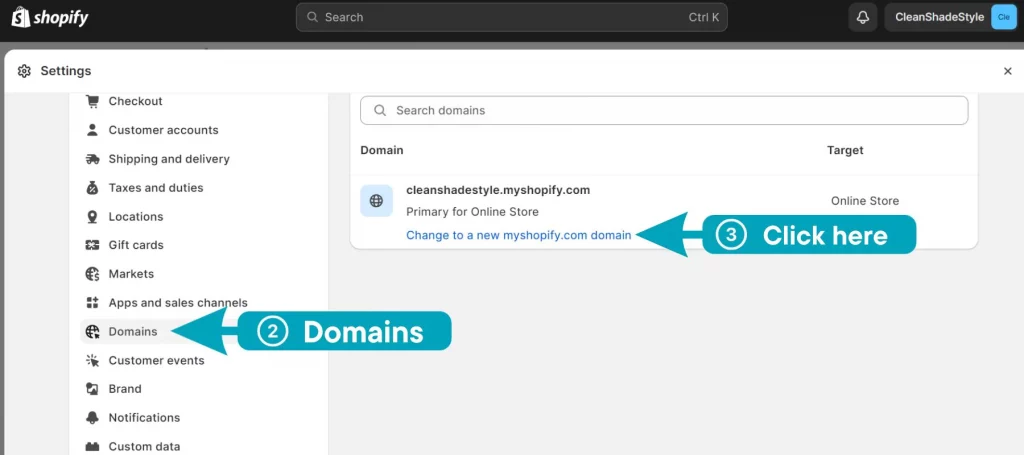
Improving your URL structure involves crafting concise, descriptive URLs for your Shopify store’s pages. A well-structured URL offers both users and search engines a clear indication of the page’s content. This optimization is pivotal for SEO, enhancing crawlability and user experience.
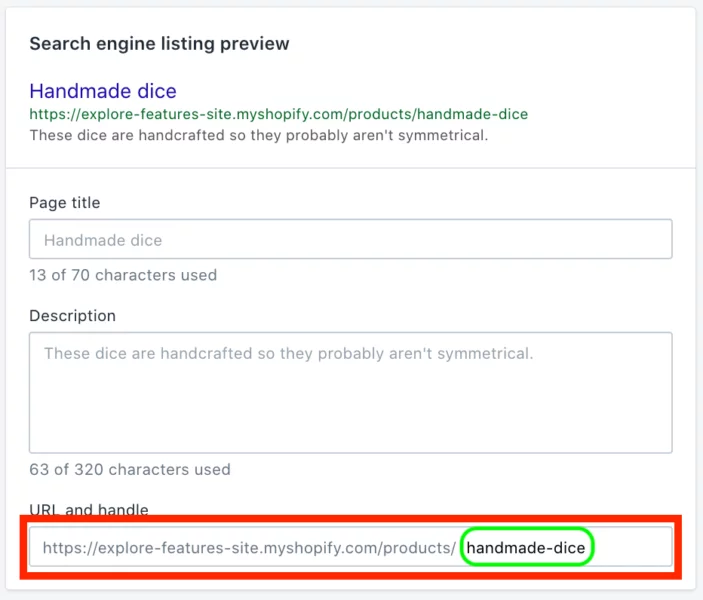
How to Accomplish It:
- Incorporate Descriptive Keywords: Embed relevant keywords in your URLs to precisely depict the page’s content, aiding users and search engines in understanding its purpose.
- Keep It Brief and Simple: Avoid lengthy and convoluted URLs. Opt for readability and memorability, as shorter URLs are generally preferred for both user engagement and SEO.
- Use Hyphens for Word Separation: Employ hyphens (-) instead of underscores (_) to separate words in URLs. Search engines, like Google, interpret hyphens as spaces, enhancing readability and SEO.
- Minimize Unnecessary Parameters: Streamline URLs by reducing the inclusion of excessive numbers, letters, and parameters. Simplified URLs enhance user experience and facilitate search engine crawling.
- Maintain Consistent Structure: Adhere to a uniform URL structure throughout your site. Consistency, such as using a standardized pattern for product pages, fosters coherence and navigational ease.
- Opt for Lowercase Letters: Always employ lowercase letters in URLs to mitigate potential duplicate content issues, as URLs are case-sensitive.
- Avoid Special Characters: Eschew special characters in URLs, as they can pose challenges for crawlers and detract from user-friendliness. Stick to letters, numbers, and hyphens for clarity and accessibility.
- Redirect Old URLs: If altering a page’s URL, implement the 301 redirect from the old URL to the new one. This preserves link equity and prevents users from encountering broken links.
6. Implementing Structured Data
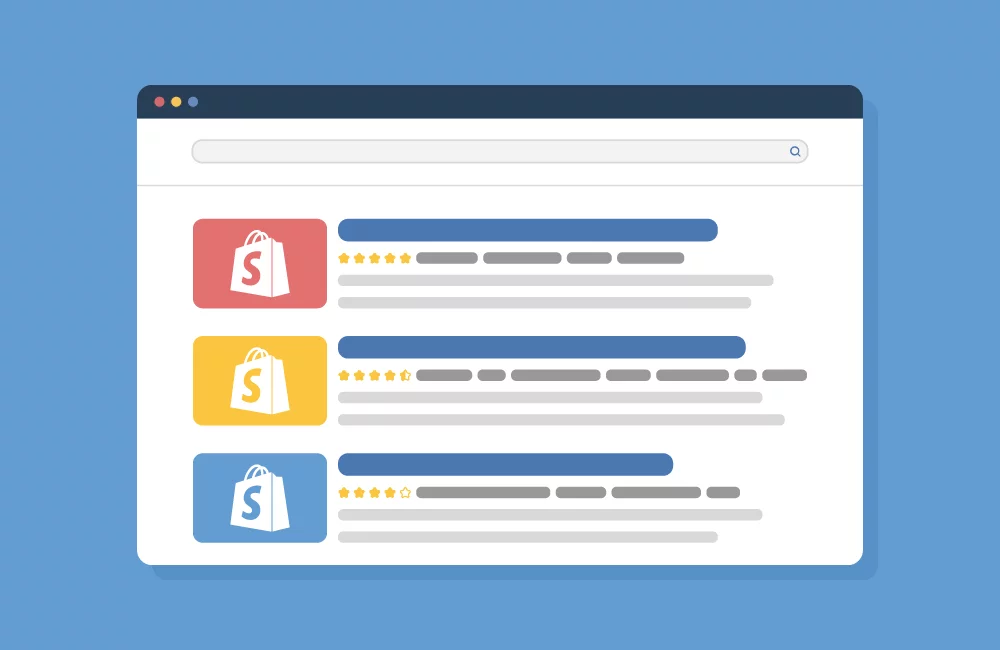
Structured data, often employed via schema markup, adopts a standardized format to furnish information about a page and classify its contents. It aids search engines in comprehending the context of your content, enabling them to present it in a more informative and appealing manner in search results, such as rich snippets. Within the realm of a Shopify store, this encompasses product details, prices, ratings, and availability.
How to Execute It:
- Familiarize Yourself with Schema Markup: Acquaint yourself with various schema types relevant to your Shopify store, such as Product, Review, and BreadcrumbList. The Schema.org website serves as an excellent resource for this purpose.
- Leverage Shopify’s Built-in Features: Explore the schema markup already incorporated into your Shopify theme. Refer to your theme’s documentation to ascertain the existing coverage.
- Integrate Custom Schema Markup: For additional schema types not encompassed by your theme, integrate custom schema markup manually into your Shopify templates. This may necessitate proficiency in Liquid (Shopify’s templating language) and HTML.
- Utilize Structured Data Testing Tools: Employ tools like “Google Structured Data Testing Tool and Rich Results Test” to validate your schema markup and identify any errors.
- Maintain Regular Updates: Ensure your structured data remains current, particularly for product availability, pricing, and new product launches.
- Monitor Performance via Google Search Console: Utilize Google Search Console to assess the performance of your structured data and pinpoint any issues detected by Google.
7. Optimize Product Pages

Enhancing product pages involves refining the content and structure of your Shopify store’s product listings to elevate their appeal to both users and search engines. This encompasses optimizing titles, descriptions, images, and metadata to render them more pertinent, captivating, and SEO-friendly.
How to Execute It:
- Keyword-Enriched Titles: Craft concise, descriptive titles incorporating essential product-related keywords. Ensure clarity and alignment with search terms your target audience might employ.
- Comprehensive Product Descriptions: Compose distinctive, enticing product descriptions, furnishing valuable insights, encompassing features, benefits, specifications, and unique selling propositions. Seamlessly integrate relevant keywords.
- High-Quality Visuals: Utilize high-resolution images showcasing the product from varied perspectives. Optimize image loading speed by compressing files and employing suitable formats.
- Alt Text for Images: Include descriptive alt text for each image, incorporating pertinent keywords to bolster both SEO and accessibility efforts.
- Meta Description Optimization: Craft distinctive, engaging meta descriptions for each product page, incorporating primary keywords and a compelling call to action.
- URL Streamlining: Ensure the URL for each product page is succinct, legible, and contains a relevant keyword for enhanced search engine visibility.
- User Reviews and Ratings: Foster customer engagement by encouraging reviews and ratings, enhancing credibility, and furnishing additional content for search engines.
8. Manage Duplicate Content

Duplicate content within or across domains can pose challenges for SEO, presenting identical or very similar blocks of content. This complicates search engines’ task of determining which version of the content to prioritize in search results. In the context of Shopify, duplicate content often arises with product descriptions, particularly for items sharing similarities or variants.
How to Address It:
- Utilize Canonical Tags: Employ canonical tags to designate the preferred or “master” version of a page to search engines. This is vital for similar products with slightly differing pages, averting competition in search rankings.
- Craft Unique Product Descriptions: Draft distinct descriptions for each product, even if they share similarities. This diminishes internal duplicate content and enhances the SEO efficacy of individual product pages.
- Steer Clear of Manufacturer’s Descriptions: Refrain from using standard manufacturer descriptions for resold products. Generate unique content to distinguish your offerings from those on other platforms.
- Handle Pagination with Care: Implement rel=”next” and rel=”prev” tags for paginated product lists to establish proper linkage between pages. This signals to search engines the sequential relationship between paginated series.
- Effectively Manage Out-of-Stock Products: Rather than deleting pages for out-of-stock items, maintain the page with a notification about the product’s unavailability or redirect to a similar product using a 301 redirect.
9. Regular SEO Performance Audits
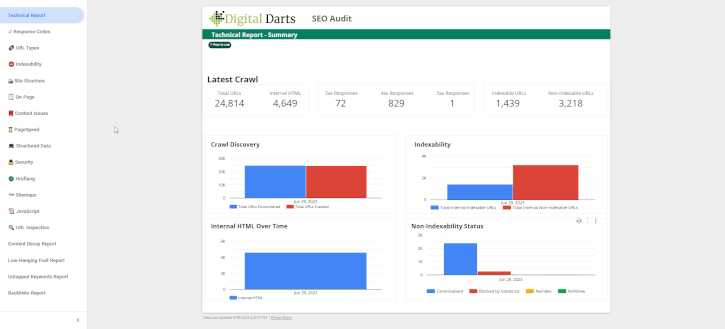
Conducting regular SEO audits involves systematically assessing your Shopify store’s website to pinpoint strengths, weaknesses, and opportunities within your SEO strategy. This comprehensive process aids in uncovering potential issues impeding your site’s performance in search engine rankings while also offering valuable insights for enhancement.
How to Proceed:
- Utilize SEO Audit Tools: Employ tools such as Google Analytics, Google Search Console, Ahrefs, SEMrush, or Moz to gain holistic insights into your site’s SEO performance. These platforms enable you to track rankings, backlinks, keyword performance, and other pivotal SEO metrics.
- Key Areas to Review:
- Technical SEO Issues: Investigate crawl errors, broken links, loading speed discrepancies, mobile usability concerns, and adherence to structured data standards.
- On-Page SEO Elements: Scrutinize content quality, keyword optimization, meta-titles, descriptions, header tags, and image alt texts to ensure effective optimization for target keywords.
- Off-Page SEO Factors: Evaluate the quantity and quality of your backlink profile, identifying and addressing potentially detrimental backlinks that may require removal or disavowal.
- Keyword Rankings Monitoring: Regularly monitor your site’s rankings for target keywords, identifying emerging keyword opportunities and areas for improvement.
- Content Review and Updates: Audit the content across your site to verify its currency, relevance, informativeness, and alignment with best SEO practices. Update outdated content to maintain freshness and relevance.
10. Leverage SEO Apps and Tools
Utilizing SEO apps and tools entails harnessing a plethora of software and applications tailored to enhance the SEO performance of your Shopify store. These resources offer automation, streamlining, and optimization across various facets of your SEO strategy, encompassing keyword research, site audits, on-page optimization, and performance monitoring.
How to Implement It:
- Keyword Research Tools: Employ platforms like Google Keyword Planner, SEMrush, Ahrefs, or Moz to unearth pertinent and high-traffic keywords for your products and content.
- SEO Audit Tools: Utilize comprehensive SEO audit tools such as SEMrush, Ahrefs, or Moz to conduct in-depth assessments, identifying technical glitches, backlink opportunities, and on-page optimization imperatives.
- Shopify SEO Apps: Peruse Shopify’s App Store for SEO-centric applications. Offerings like SEO Manager, Plug in SEO, or Smart SEO facilitate tasks like meta tag editing, sitemap generation, and rectifying broken links.
Additional SEO Apps and Tools:
- Google Analytics and Search Console: Harness Google Analytics to track website traffic, user engagement, and key performance metrics. Google Search Console is indispensable for scrutinizing search performance, rectifying crawl errors, and monitoring indexing status.
- On-Page Optimization Tools: Employ apps geared towards optimizing your content directly within your Shopify store. These tools aid in refining titles, descriptions, and images to enhance on-page SEO.
- Backlink Analysis Tools: Utilize platforms like Ahrefs or Moz’s Link Explorer to delve into your backlink profile. These tools facilitate the identification of high-quality backlink prospects and the monitoring of existing backlink health.
- Page Speed Tools: Gauge your website’s loading speed and receive optimization suggestions through tools such as Google PageSpeed Insights and GTmetrix.
10. Building Quality Backlinks
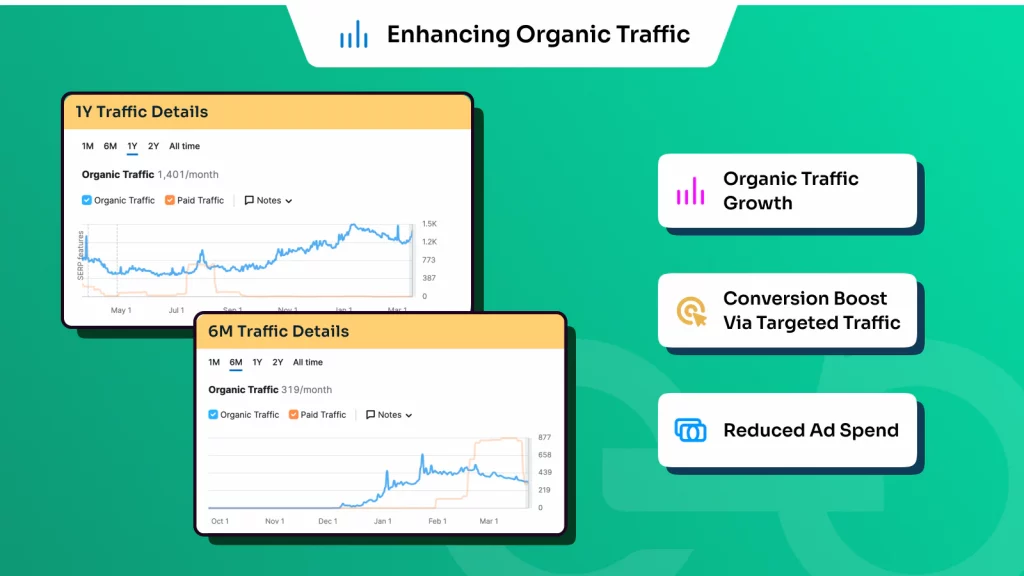
Establishing quality backlinks entails acquiring links from external websites to your Shopify store, a pivotal aspect of SEO. These links serve as endorsements from other sites, signaling to search engines the value and authority of your content. Emphasizing quality over quantity, a few high-caliber backlinks from reputable sources wield greater SEO benefits than numerous low-quality links.
How to Execute It:
- Craft High-Caliber Content: Develop valuable, original, and compelling content that naturally attracts backlinks. This encompasses blog posts, infographics, tutorials, product guides, or videos.
- Engage in Guest Blogging: Extend offers to contribute articles to relevant industry blogs or websites. Incorporate links back to your Shopify store within your guest posts.
- Harness Influencers and Partnerships: Collaborate with influencers or businesses in your niche, leveraging their platforms to garner backlinks to your store.
- Leverage Social Media: Share content across social media platforms to bolster its visibility. Although social media links are typical ‘nofollow’, they can still drive traffic and foster natural backlink acquisition.
- Participate in Community Discussions: Engage in online forums and communities pertinent to your niche. Provide insights, answer queries, and judiciously link to relevant content on your store.
- Outreach to Industry Authorities: Identify industry bloggers or websites aligned with your content or products. Reach out to them, proposing collaboration opportunities for potential backlink acquisition.
Conclusion:
In conclusion, mastering technical SEO for your Shopify store is essential for achieving optimal visibility, ranking, and overall success in the competitive online landscape. By implementing best practices such as optimizing page speed, mobile responsiveness, structured data markup, and URL structures, you can ensure that your store is not only search engine-friendly but also provides a seamless and engaging experience for your visitors.
FAQs on Technical SEO for Shopify:
What role do canonical tags play in Shopify SEO, and how should I use them?
Canonical tags help prevent duplicate content issues by indicating the preferred version of a page to search engines. In Shopify, canonical tags are automatically generated for product variants, pagination, and other scenarios where duplicate content may arise. However, you can also manually set canonical tags for specific pages to consolidate link equity and avoid indexing issues.
How can I optimize my Shopify store for local SEO?
To optimize your Shopify store for local SEO, ensure that your business name, address, and phone number (NAP) are consistent across all online directories and listings. Use local keywords in your content, meta tags, and headings, and create location-specific landing pages if you have multiple physical locations. Encourage customer reviews and ratings, and leverage Google My Business to enhance your local presence.
How can I optimize my Shopify store for voice search?
To optimize your Shopify store for voice search, focus on natural language keywords and long-tail phrases that reflect how people speak. Provide concise answers to frequently asked questions, optimize for local queries, and ensure that your site is mobile-friendly and loads quickly. Additionally, consider creating content specifically tailored to voice search queries and leveraging schema markup to enhance visibility in voice search results.



